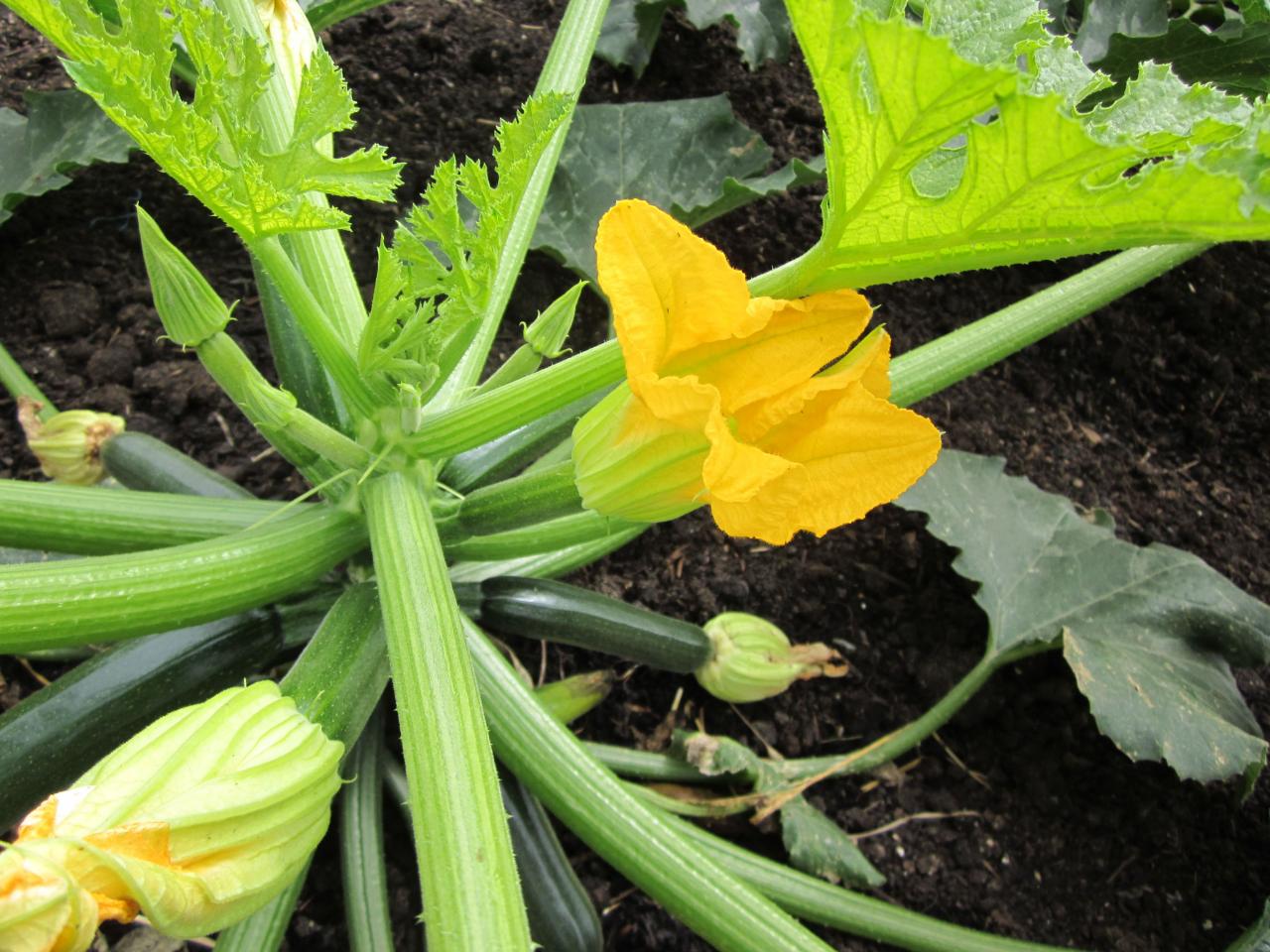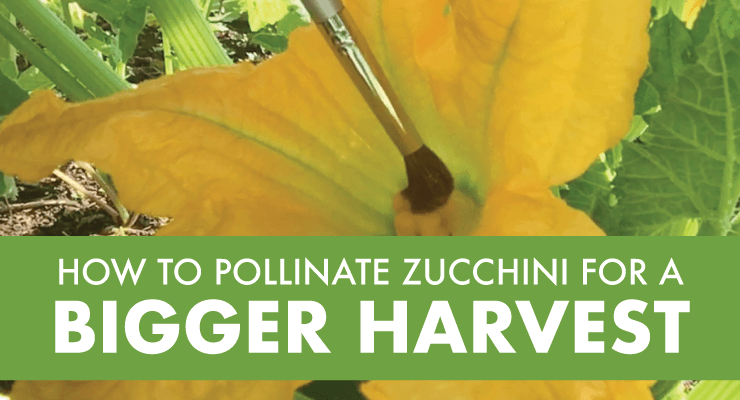Are you interested in growing your own zucchini, but not sure how to ensure successful pollination? This article will guide you through the process of pollinating zucchini plants, providing you with all the necessary information and techniques to help your plants thrive. From understanding the role of pollinators to mastering hand pollination methods, you will soon be on your way to abundant zucchini harvests. So, let’s get started and learn how to pollinate those zucchini plants!
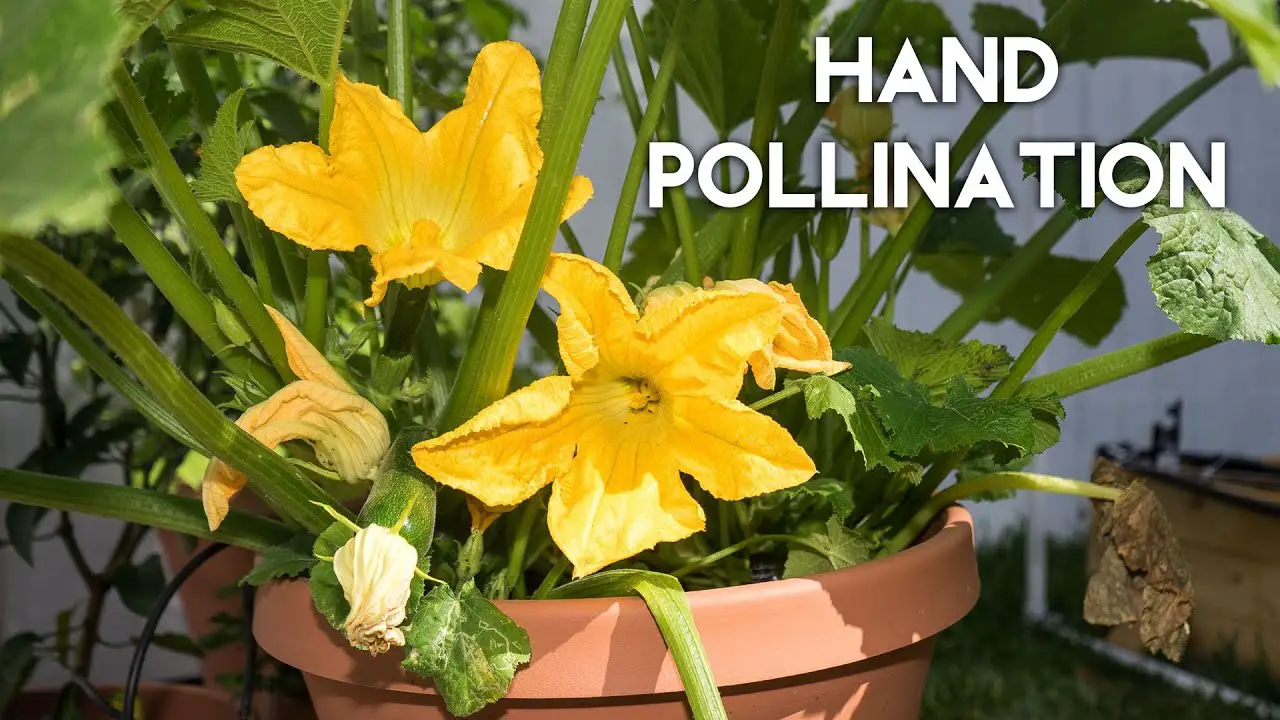
Understanding Zucchini Plant Pollination
The Importance of Pollination for Zucchini Plants
Pollination is a crucial process in the growth and development of zucchini plants. Without pollination, zucchini plants would not be able to produce fruits. Pollination is the transfer of pollen from the male flower to the female flower, which leads to fertilization and the formation of zucchini fruits. It is a fascinating natural process that involves the role of bees and other pollinators.
Identifying Male and Female Flowers
Distinguishing Characteristics of Male Flowers
Male flowers play a vital role in the pollination process of zucchini plants. These flowers often bloom before the female flowers and are typically found in larger numbers. To identify male flowers, look for long, slender stems with a cluster of yellow petals at the end. Male flowers do not have a swollen base, which distinguishes them from the female flowers.
Identifying Female Flowers
Female flowers, on the other hand, are where the zucchini fruits will eventually develop. They can be identified by their shorter stems and the presence of a tiny zucchini fruit at the base of the flower. Female flowers also have a stigma, which is the receptive part for the pollen transfer.
Natural Pollination Process
The Role of Bees in Pollination
Bees play a vital role in the pollination of zucchini plants. As they collect nectar from the flowers, pollen grains stick to their hairy bodies. When bees move from one flower to another, they inadvertently transfer the pollen, allowing for fertilization to occur. This natural process is essential for the successful development of zucchini fruits.
Factors Affecting Natural Pollination
Several factors can affect the natural pollination process of zucchini plants. Weather conditions, such as heavy rain or wind, can make it challenging for bees to navigate and access the flowers. Additionally, the lack of sufficient bee populations in the area can also hinder proper pollination.
Understanding Zucchini Plant Lifecycle
To fully comprehend the natural pollination process, it is essential to understand the lifecycle of zucchini plants. Zucchini plants go through stages, starting from seed germination to the formation of flowers and eventually, fruit development. During the flowering stage, male and female flowers appear simultaneously, allowing for the natural pollination process to occur.
Hand Pollination: Tools and Techniques
Reasons for Hand Pollination
In some cases, hand pollination may be necessary to ensure successful fruit set in zucchini plants. Hand pollination is particularly useful when there is a lack of pollinators or when environmental factors hinder natural pollination. By manually transferring the pollen from the male to the female flowers, gardeners can take matters into their own hands.
Required Tools and Materials
When it comes to hand pollination, there are a few essential tools and materials to have on hand. A small paintbrush or cotton swab can be used to transfer the pollen. Additionally, a pair of small scissors or pruning shears may be needed to access the flowers.
Preparing for Hand Pollination
Before starting the hand pollination process, it is crucial to identify male and female flowers and select flowers that are ready for pollination. Male flowers should be fully opened, while female flowers should have a receptive stigma. It is also recommended to perform hand pollination during the early morning hours when the flowers are most receptive.
Step-by-Step Hand Pollination Process
To hand pollinate zucchini plants, follow these simple steps:
- Identify the male and female flowers.
- Gently remove a male flower from the plant.
- Carefully peel back the petals to expose the stamen, which contains the pollen.
- Dip the paintbrush or cotton swab into the pollen, ensuring it adheres.
- Transfer the pollen to the stigma of the female flower, gently brushing it over the receptive area.
- Repeat the process with multiple flowers to increase the chances of successful pollination.
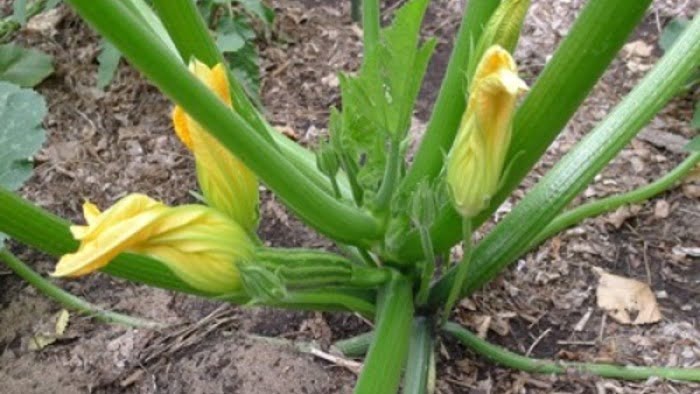
Tips for Successful Hand Pollination
Choosing the Right Time for Hand Pollination
Timing is crucial when it comes to hand pollination. To increase the chances of successful fertilization, it is best to hand pollinate the flowers early in the morning. This is when the flowers are most receptive, increasing the likelihood of pollen transfer.
Avoiding Cross Contamination
To avoid any cross contamination, it is important to use a separate paintbrush or cotton swab for each flower. This prevents the mixing of different pollen that can lead to undesirable hybridization.
Ensuring Proper Pollen Transfer
To ensure proper pollen transfer during hand pollination, it is recommended to gently brush the pollen over the entire surface area of the stigma. This allows for optimal pollen contact and increases the likelihood of successful fertilization.
Common Pollination Problems and Solutions
Lack of Pollination
Sometimes zucchini plants may experience a lack of pollination, resulting in poor fruit set or no fruits at all. This can be caused by a variety of factors, including a lack of pollinators in the area, adverse weather conditions, or the absence of male flowers. In such cases, hand pollination is a useful solution to ensure proper pollination and fruit development.
Poor Fruit Set
Poor fruit set can occur when zucchini plants have an abundance of male flowers but limited female flowers. To address this issue, remove some of the male flowers to encourage the plant to produce female flowers. Hand pollination can also be performed to ensure successful fertilization of the available female flowers.
Dealing with Pests and Diseases
Pests and diseases can also affect pollination in zucchini plants. Insect pests, such as aphids or squash bugs, can damage the flowers or disrupt the natural pollination process. Similarly, fungal diseases can interfere with pollination by affecting the flower’s reproductive organs. Implementing proper pest management practices and maintaining plant health is essential to mitigate these issues.
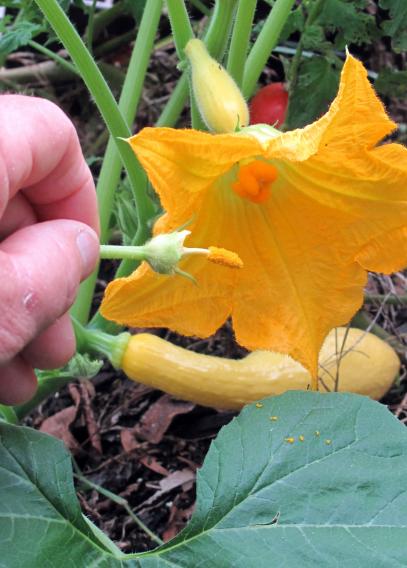
Maximizing Pollination in Zucchini Plants
Creating a Pollinator-Friendly Environment
To maximize pollination in zucchini plants, it is crucial to create a pollinator-friendly environment. Planting a variety of flowering plants alongside zucchini plants can attract bees and other pollinators to the area. Providing a diversity of nectar-rich flowers throughout the growing season ensures an ongoing food source for pollinators.
Planting Adequate Number of Zucchini Plants
Planting an adequate number of zucchini plants can also enhance pollination. The closer proximity of plants increases the chances of cross-pollination, leading to better fruit set. Aim to plant zucchini plants in groups rather than having them scattered throughout the garden.
Providing Optimal Growing Conditions
To promote optimal pollination, it is essential to provide zucchini plants with suitable growing conditions. Ensure that the plants receive ample sunlight, water, and nutrition. Adequate spacing between plants also allows for proper air circulation, reducing the risk of fungal diseases that can hinder pollination.
Using Pollination Aids
In some cases, using pollination aids can help enhance the pollination process. Some gardeners opt for ultrasonic pollinators or handheld pollinators that vibrate, mimicking the buzzing effect of bees. These aids can help dislodge the pollen and facilitate transfer, especially in situations where natural pollinators are scarce.
Saving Pollen for Future Pollination
Harvesting and Storing Pollen
Harvesting and storing pollen can be useful for future hand pollination. To harvest pollen, gently shake a male flower over a clean, dry container, allowing the pollen to fall into it. Storing the collected pollen in a cool, dry place, such as an airtight container in the refrigerator, helps preserve its viability for future pollination.
Techniques for Pollen Preservation
Several techniques can be employed to extend the viability of stored pollen. Silica gel, rice grains, or activated charcoal can be added to the storage container to absorb any excess moisture. Additionally, freezing the pollen at a very low temperature can help maintain its viability for an extended period.
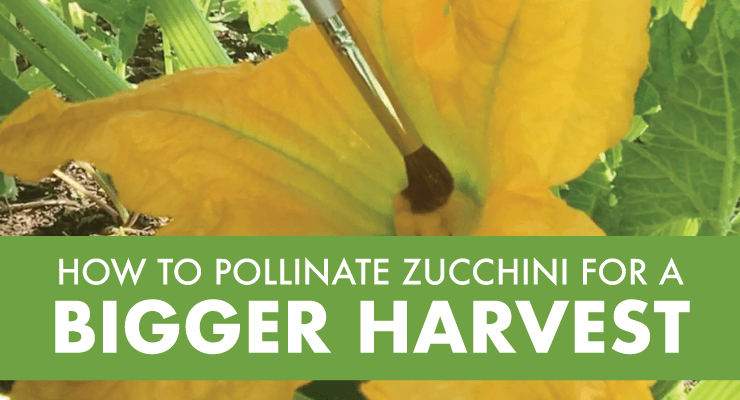
Understanding Seed Saving and Hybridization
The Basics of Seed Saving
Seed saving is the process of collecting and preserving seeds from mature zucchini fruits for future planting. It allows gardeners to maintain desired characteristics in zucchini plants from generation to generation. To save zucchini seeds, allow the fruit to fully mature on the plant until it has turned yellow and the skin has hardened. Then, remove the seeds from the fruit and dry them thoroughly before storing.
Cultivating Hybrid Zucchini Plants
While saving seeds is a valuable practice for maintaining heirloom or open-pollinated varieties, it is important to understand that zucchini plants can also cross-pollinate and result in hybridization. Hybridization occurs when pollen from one zucchini variety is transferred to another, resulting in a combination of traits from both parent plants. Therefore, if you want to maintain the characteristics of a specific zucchini variety, ensure that other varieties are not grown nearby to prevent unintended hybridization.
Harvesting and Caring for Zucchini Fruits
Determining the Right Time to Harvest
Knowing the right time to harvest zucchini is crucial to ensure optimal flavor and texture. Harvesting zucchini too early can result in a bland flavor and a watery texture, while leaving them on the plant for too long can lead to oversized and tough fruits. The ideal time to harvest zucchini is when they are firm, around 6 to 8 inches in length, and have a vibrant color.
Methods for Harvesting Zucchini
To harvest zucchini, it is recommended to use a sharp knife or pruning shears to cut the fruit off the vine. Take care not to damage the plant or surrounding fruits while harvesting. It is also advisable to wear gloves when handling zucchini, as the vines and fruits can have prickly spines that may irritate the skin.
Caring for Zucchini Fruits
After harvesting, proper care of zucchini fruits is necessary to maintain their quality and extend their shelf life. Start by gently washing the fruits with water and patting them dry. Then, store them in a cool, dry place or in the refrigerator to prevent moisture buildup. Zucchini can be used in a variety of culinary dishes, so be sure to enjoy them fresh or preserve them for future use.
Understanding zucchini plant pollination is key to ensuring a successful harvest of delicious, homegrown zucchini. By familiarizing yourself with the natural pollination process, learning hand pollination techniques, and implementing strategies to maximize pollination, you can enjoy a bountiful supply of zucchini for your culinary creations. So go ahead, take the time to appreciate the intricate world of zucchini pollination and watch your garden flourish with healthy, vibrant plants and abundant fruits. Happy pollinating!
